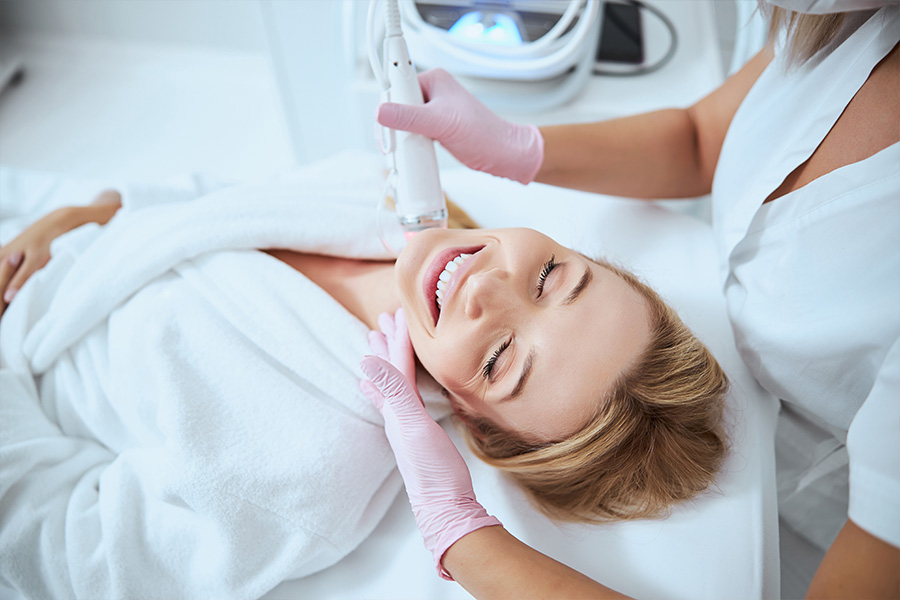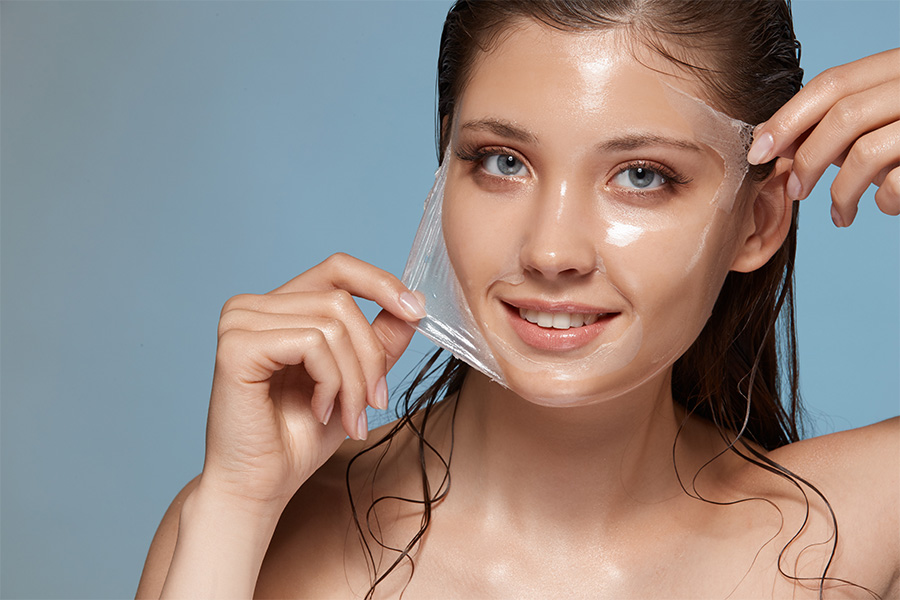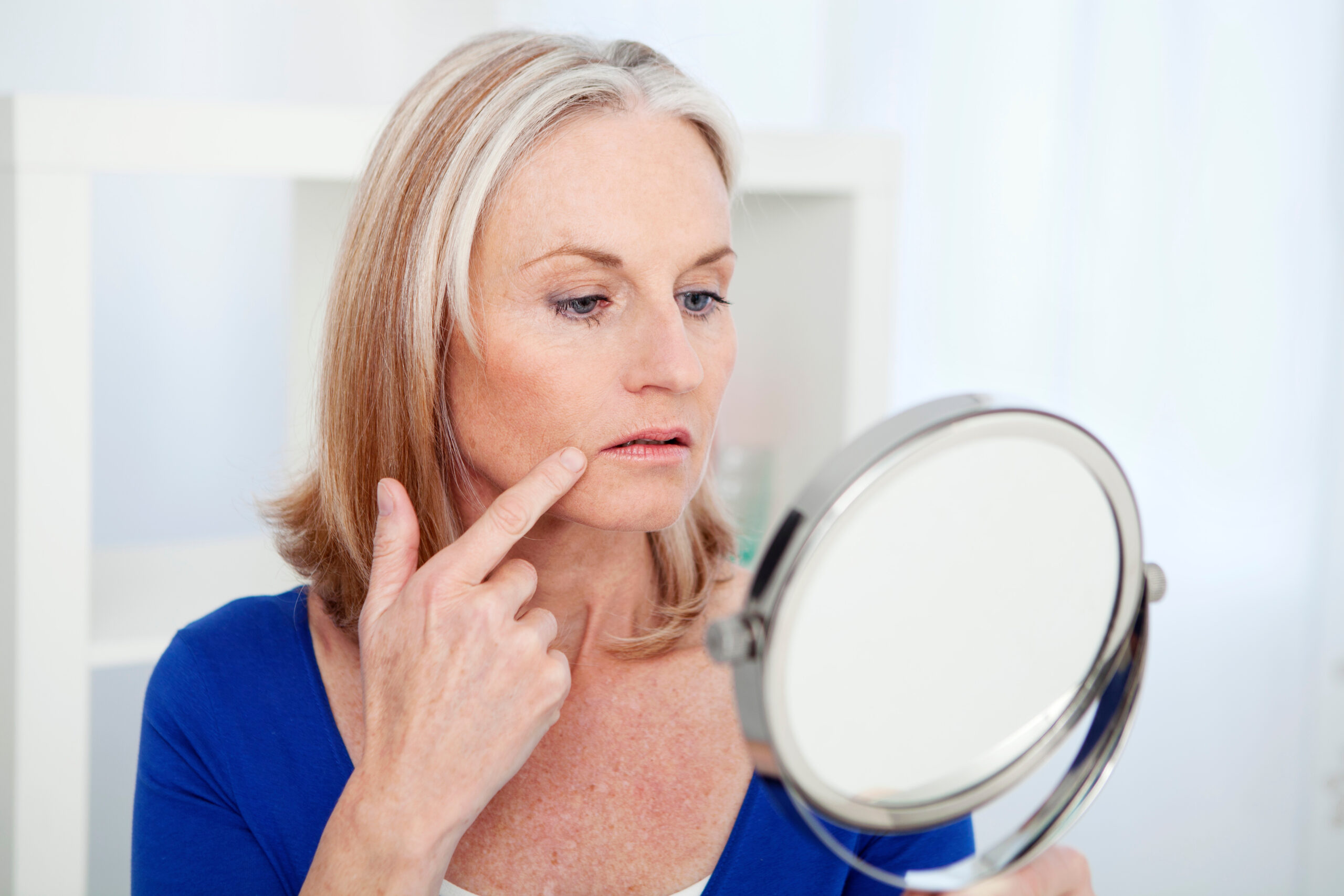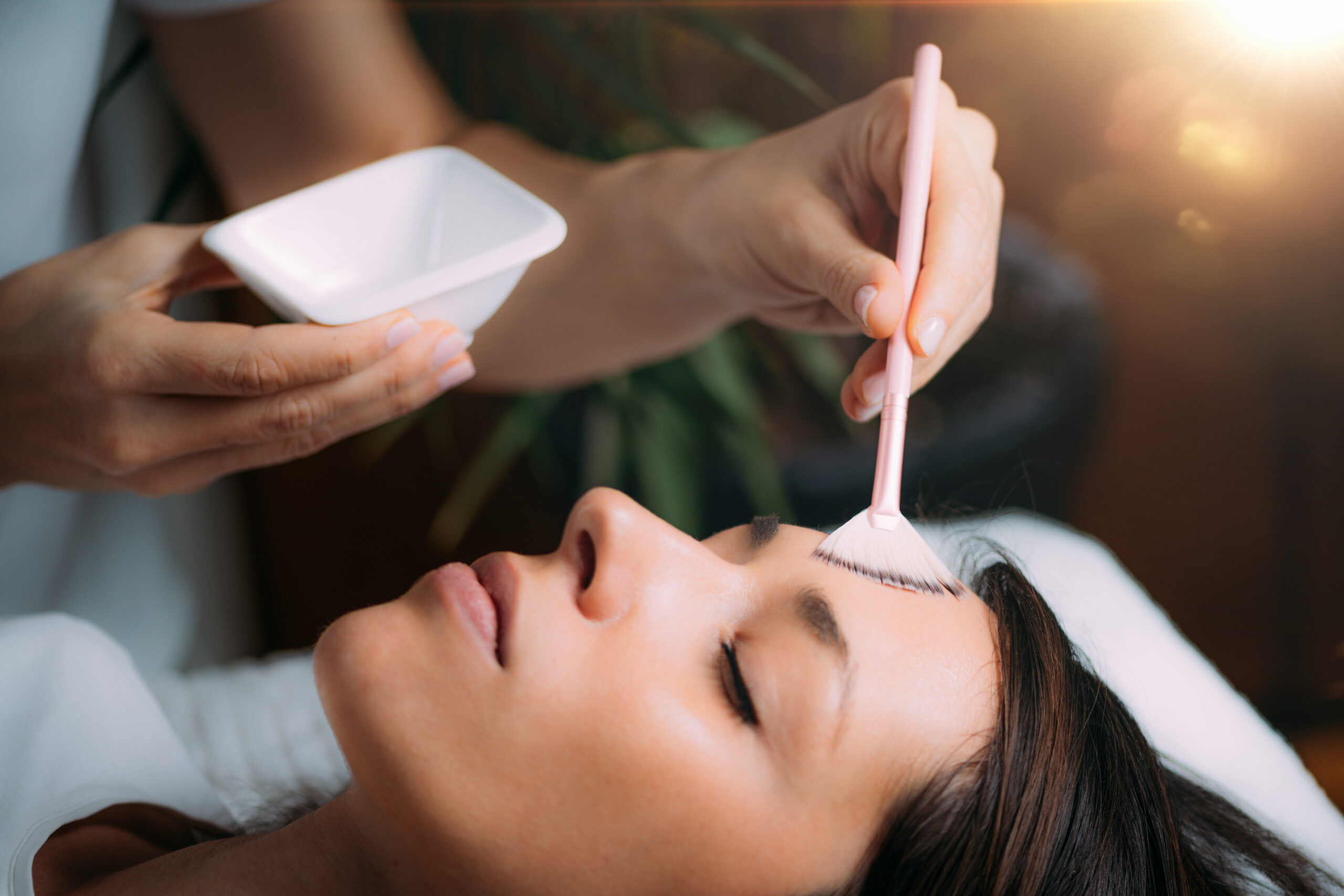Microneedling vs. Chemical Peels: Which Treatment is Right for You?
When it comes to microneedling vs. chemical peels treatment, two of the most popular skin rejuvenation methods, both offer impressive results for improving skin texture, tone, and overall appearance. However, they work in different ways. Choosing the right treatment depends on your skin concerns, downtime preferences, and desired outcomes. Let’s compare microneedling vs. chemical peels treatment to help you determine the best option for your skincare needs.
What is Microneedling?

Microneedling, also known as collagen induction therapy, involves using a device with tiny needles to create controlled micro-injuries on the skin. This process stimulates the body’s natural healing response, boosting collagen and elastin production.
Benefits of Microneedling:
- Reduces Fine Lines and Wrinkles: Stimulates collagen to improve skin elasticity and firmness.
- Minimizes Acne Scars and Hyperpigmentation: Helps fade scars, discoloration, and sun damage over time.
- Improves Skin Texture: Reduces the appearance of large pores and rough skin.
- Enhances Product Absorption: Allows serums and treatments to penetrate deeper into the skin for maximum effectiveness.
Downtime and Side Effects:
- Minimal downtime: Mild redness and slight swelling for 24-48 hours.
- Possible side effects: Temporary sensitivity, pinpoint bleeding, and mild peeling.
Best Candidates for Microneedling:
- Those looking to improve acne scars, fine lines, or skin texture.
- Individuals with minimal downtime availability.
- People with all skin types, including darker skin tones.
What is a Chemical Peel?

A chemical peel treatment uses a solution containing acids (such as glycolic, salicylic, or trichloroacetic acid) to exfoliate the skin. This process removes dead skin cells and encourages cell turnover, revealing fresher, smoother skin underneath.
Are Chemical Peels Safe?
Many people wonder, are chemical peels safe? The answer depends on the type of peel, skin type, and aftercare. Superficial peels are generally safe for most people, while deeper peels require professional monitoring and longer recovery times. Consulting a skincare expert is crucial to ensure the safest and most effective chemical peel treatment.
Benefits of Chemical Peels:
- Brightens and Evens Skin Tone: Reduces hyperpigmentation, sun damage, and age spots.
- Treats Acne and Acne Scars: Helps clear breakouts and fade post-acne marks.
- Reduces Wrinkles and Fine Lines: Stimulates collagen production for a youthful glow.
- Improves Skin Texture: Smooths rough patches and enhances overall skin softness.
Downtime and Side Effects:
- Varies by peel type: Superficial peels have little downtime, while medium and deep peels require days to weeks of recovery.
- Possible side effects: Redness, peeling, irritation, and temporary skin sensitivity.
Best Candidates for Chemical Peels:
- Individuals with hyperpigmentation, sun damage, or acne scars.
- Those willing to undergo mild to moderate downtime for more dramatic results.
- People with fair to medium skin tones (deeper peels may not be ideal for darker skin tones due to pigmentation risks).
Microneedling vs. Chemical Peels Treatment: Key Differences
| Feature | Microneedling | Chemical Peels |
|---|---|---|
| Treatment Method | Creates micro-injuries to stimulate collagen | Uses acids to exfoliate skin |
| Best for | Acne scars, fine lines, skin texture | Hyperpigmentation, sun damage, acne |
| Downtime | 24-48 hours | 1-7+ days, depending on peel depth |
| Skin Type Compatibility | Safe for all skin tones | Better for fair to medium skin tones |
| Results Timeline | Gradual improvement over weeks/months | Visible peeling and renewal in days |
| Sessions Needed | 3-6 sessions for best results | Varies; light peels done regularly, deep peels less often |
Which Treatment is Right for You?
If you’re looking for a treatment with minimal downtime that improves scars, wrinkles, and skin texture, microneedling vs. chemical peels treatment offers different benefits. Microneedling works well for all skin types and provides long-term collagen stimulation.
If your main concerns are hyperpigmentation, sun damage, or severe acne scars, a chemical peel treatment may be more effective, especially if you’re willing to go through a few days of peeling for noticeable skin renewal.
TYPES OF CHEMICAL PEELS
Chemical peels come in different strengths and formulations, each targeting specific skin concerns. The three main types of chemical peels include:
- Superficial Peels: Best for mild concerns with minimal downtime.
- Medium Peels: Effective for acne scars and sun damage with moderate downtime.
- Deep Peels: Used for severe skin issues, requiring significant recovery.
Combination Approach
In some cases, dermatologists may recommend combining both treatments. Microneedling and chemical peels treatments can be used strategically to maximize collagen production, smooth skin, and enhance skin clarity over time.
Choosing Between Microneedling vs. Chemical Peels Treatment
Both microneedling and chemical peels treatments offer powerful skin-rejuvenating benefits. Your choice should depend on your skin type, specific concerns, and how much downtime you can manage. A consultation with a skincare professional can help you determine the best approach to achieve your desired results.




